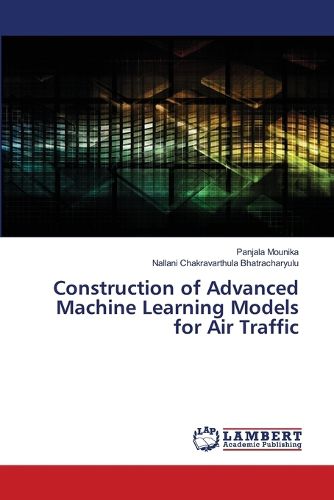Readings Newsletter
Become a Readings Member to make your shopping experience even easier.
Sign in or sign up for free!
You’re not far away from qualifying for FREE standard shipping within Australia
You’ve qualified for FREE standard shipping within Australia
The cart is loading…






This book explores the application of various time series and machine learning techniques to model and forecast domestic airline traffic. It provides a comprehensive study of traditional and modern predictive approaches. It presents an extensive literature review on airline traffic modeling, covering traditional time series methods(Holt's Winter, ARIMA, SARIMA) alongside advanced machine learning techniques(FFNN, MLP, LSTM). A comparative analysis of these methods, highlighting their strengths and limitations, is also included. Further, it explores the Bayesian estimation of SARIMA model parameters. The estimated parameters and predictions are compared with the traditional maximum likelihood approach. It extends the research by introducing mixture models, hybrid approaches, and simple averaging techniques to enhance predictive accuracy. The effectiveness of these models is evaluated through comparative analysis.
$9.00 standard shipping within Australia
FREE standard shipping within Australia for orders over $100.00
Express & International shipping calculated at checkout
This book explores the application of various time series and machine learning techniques to model and forecast domestic airline traffic. It provides a comprehensive study of traditional and modern predictive approaches. It presents an extensive literature review on airline traffic modeling, covering traditional time series methods(Holt's Winter, ARIMA, SARIMA) alongside advanced machine learning techniques(FFNN, MLP, LSTM). A comparative analysis of these methods, highlighting their strengths and limitations, is also included. Further, it explores the Bayesian estimation of SARIMA model parameters. The estimated parameters and predictions are compared with the traditional maximum likelihood approach. It extends the research by introducing mixture models, hybrid approaches, and simple averaging techniques to enhance predictive accuracy. The effectiveness of these models is evaluated through comparative analysis.